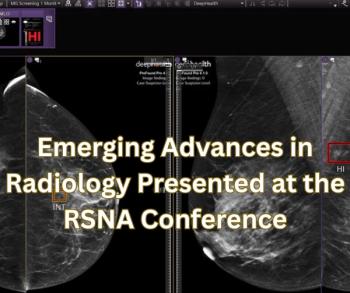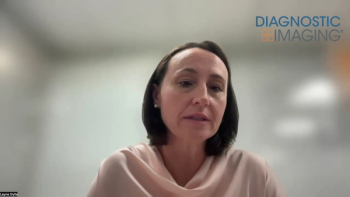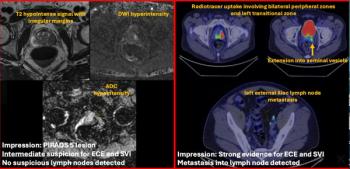
Iodinated Contrast Media Alternative: FDA OKs Bayer Importing Foreign-Labeled Iopromide
The Food and Drug Administration (FDA) has given the green light to Bayer to import foreign-labeled iopromide (Ultravist) to help alleviate ongoing supply challenges with iodinated contrast media in the United States.
In light of continued supply issues with iodinated contrast media stemming from a temporary COVID-19-related shutdown of a GE Healthcare manufacturing plant in Shanghai earlier this year, the
Bayer emphasized that Ultravist is indicated for intra-arterial and intravenous administration. The modality is contraindicated for intrathecal administration, according to Bayer.
The company added that clinicians should be aware of differences between the package inserts for the foreign-labeled iopromide and the U.S. version, and defer to the
For additional questions about the use of iopromide, one may contact Bayer Healthcare Pharmaceuticals at (888) 842-2937.
(Editor’s note: For related content, see “
Newsletter
Stay at the forefront of radiology with the Diagnostic Imaging newsletter, delivering the latest news, clinical insights, and imaging advancements for today’s radiologists.




























